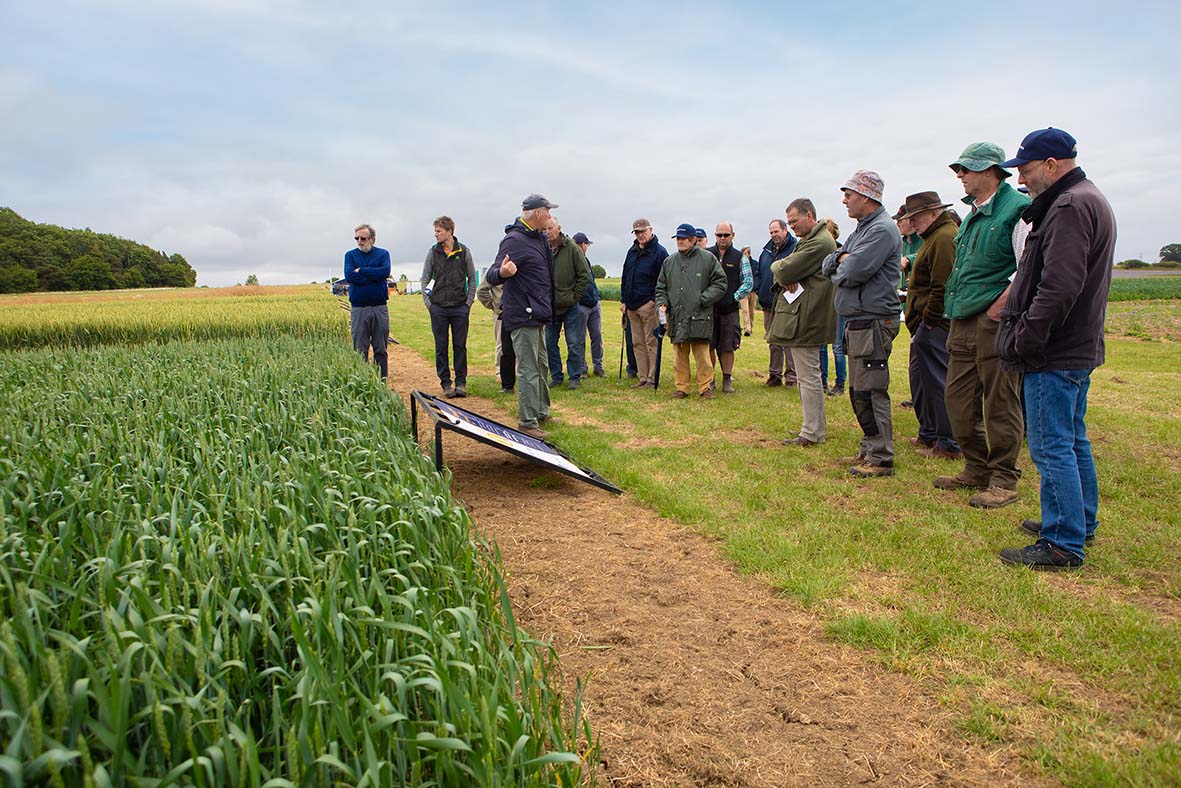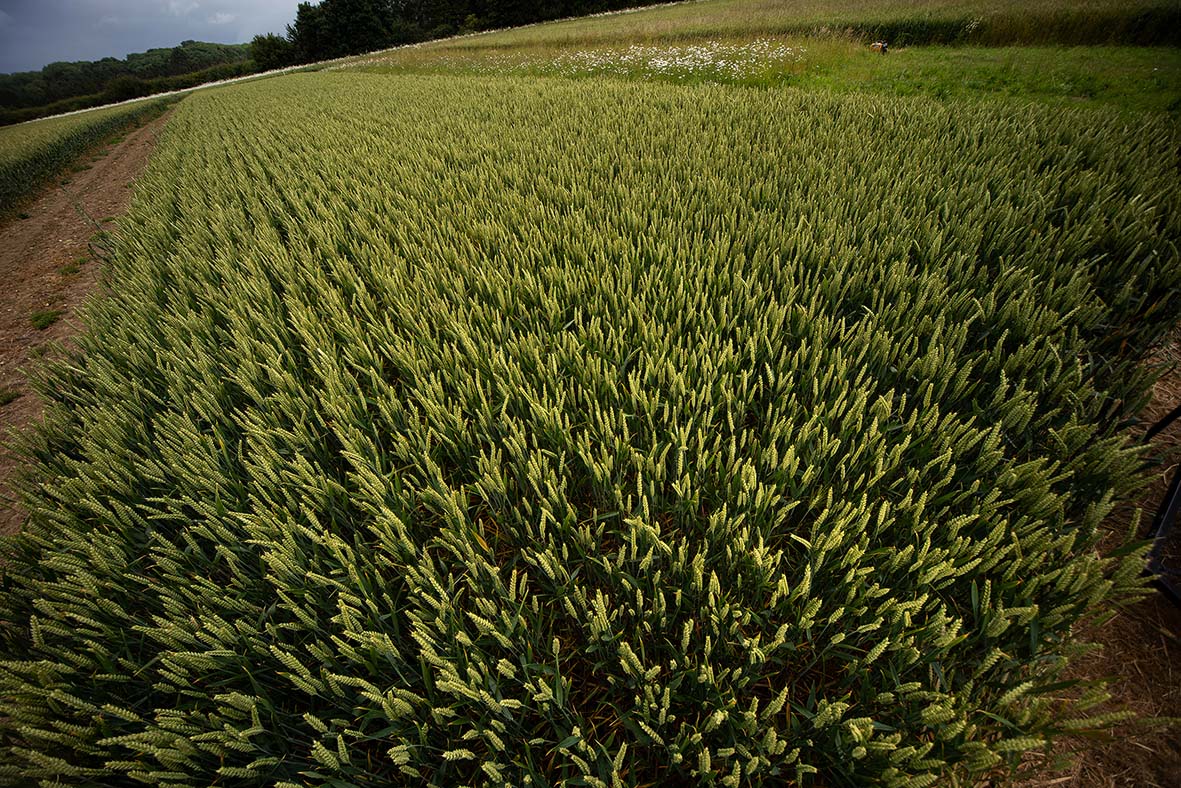The key aim at Lamport has been to enable a return to profitable and high-yielding September-sown first wheats within the rotation, which were becoming untenable due to a combination of difficult silty clay loam soils and a high background blackgrass population that exceeded 2000 plants/sq m.
Niall Atkinson, consultant and trials co-ordinator at Lamport AgX, says: “If you didn't get crops in by the second week of October you risked not getting them in at all. But going earlier was asking for trouble with blackgrass.
“Lamport AgX is all about solving this conundrum. We’ve learnt how to do that, using sequences of autumn cover crops and spring break crops such as oats, beans or barley to reduce blackgrass pressure, backed up by appropriate herbicides, whilst minimising soil movement when establishing cash crops and improving soil health to help create a favourable environment for wheat.”
The Lamport concept has proved itself over several very different seasons, reliably producing high-yielding first wheats sown in September. In 2023 yields averaged just under 10.5t/ha following a range of different crops with almost no blackgrass; some plots exceeding 12t/ha.
The trials have highlighted the importance of reduced, targeted cultivations. A very shallow cultivation ahead of the cover crop encourages a good blackgrass chit, which is destroyed when the cover is sprayed off, minimising the burden in the following spring cash crop. Conversely, all cash crops (spring- and autumn-sown) are sown with a direct drill to minimise soil disturbance, further reducing blackgrass emergence and improving soil health.
“After a run of autumn cover crop/spring breaks, we are now alternating winter wheat with a cover/spring break,” says Niall.
“But you need to choose your fields carefully and stick to the guidelines or risk going backwards. You also need to be reactive – if something goes wrong and blackgrass starts taking hold, you may need to delay your first wheat and grow a further cover crop/spring crop break.”



